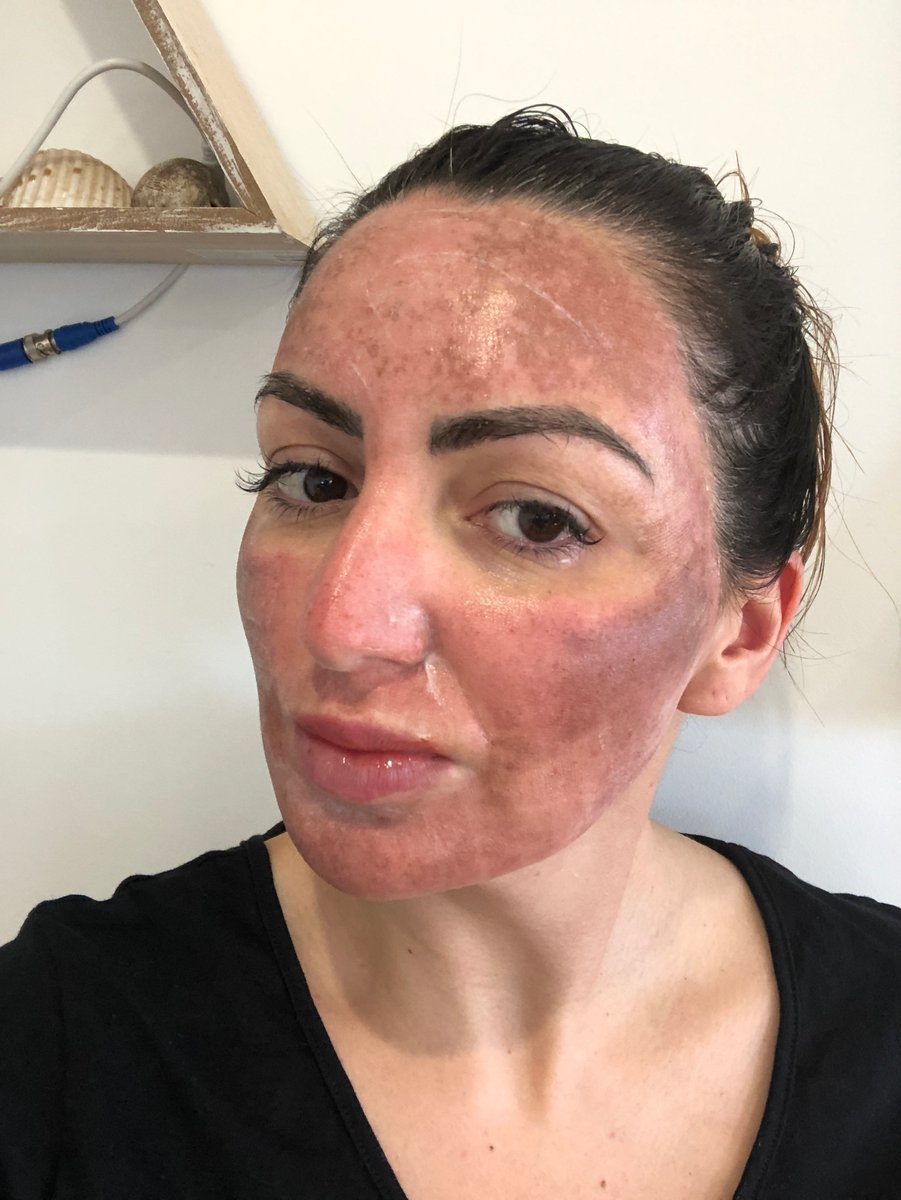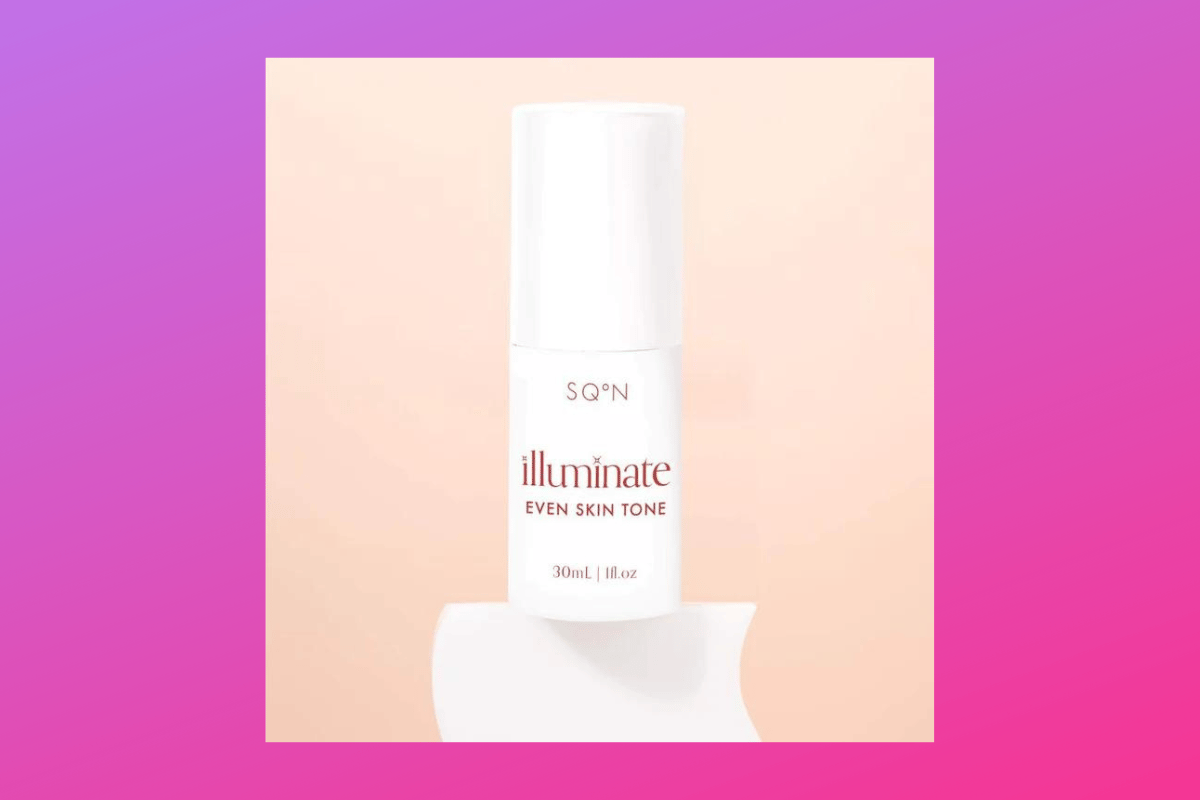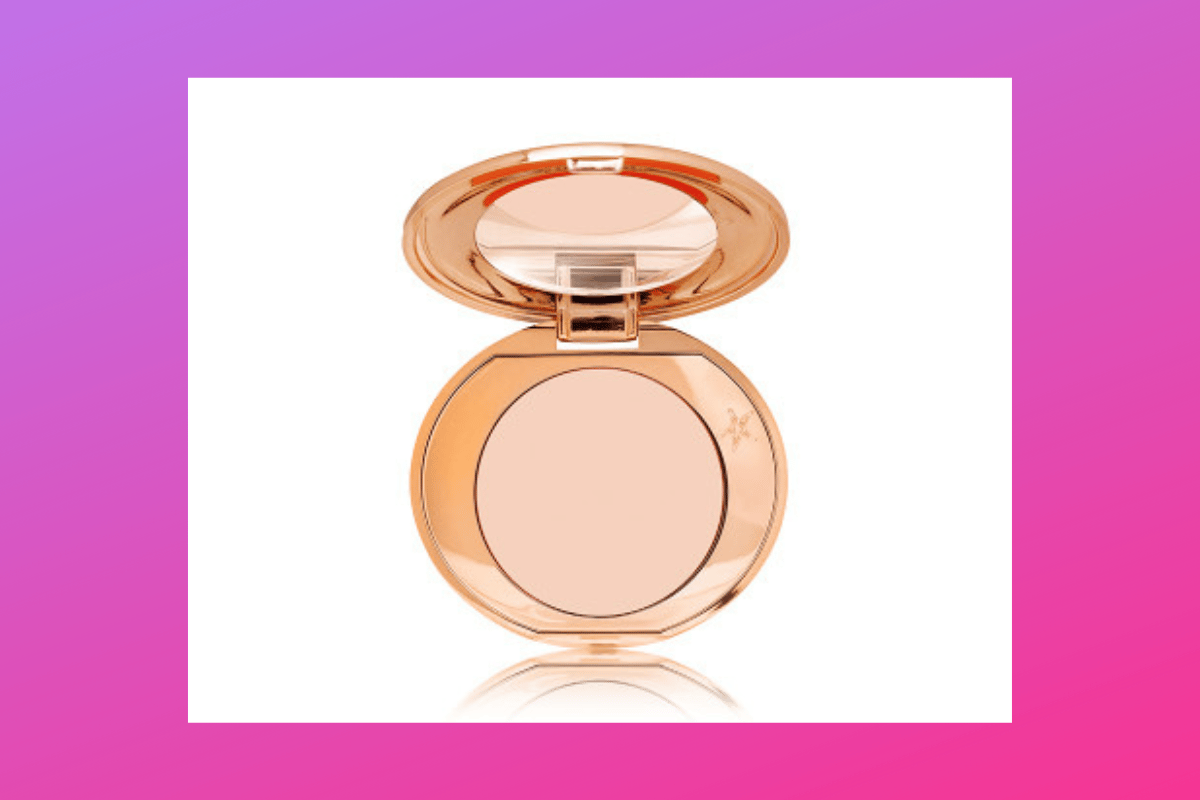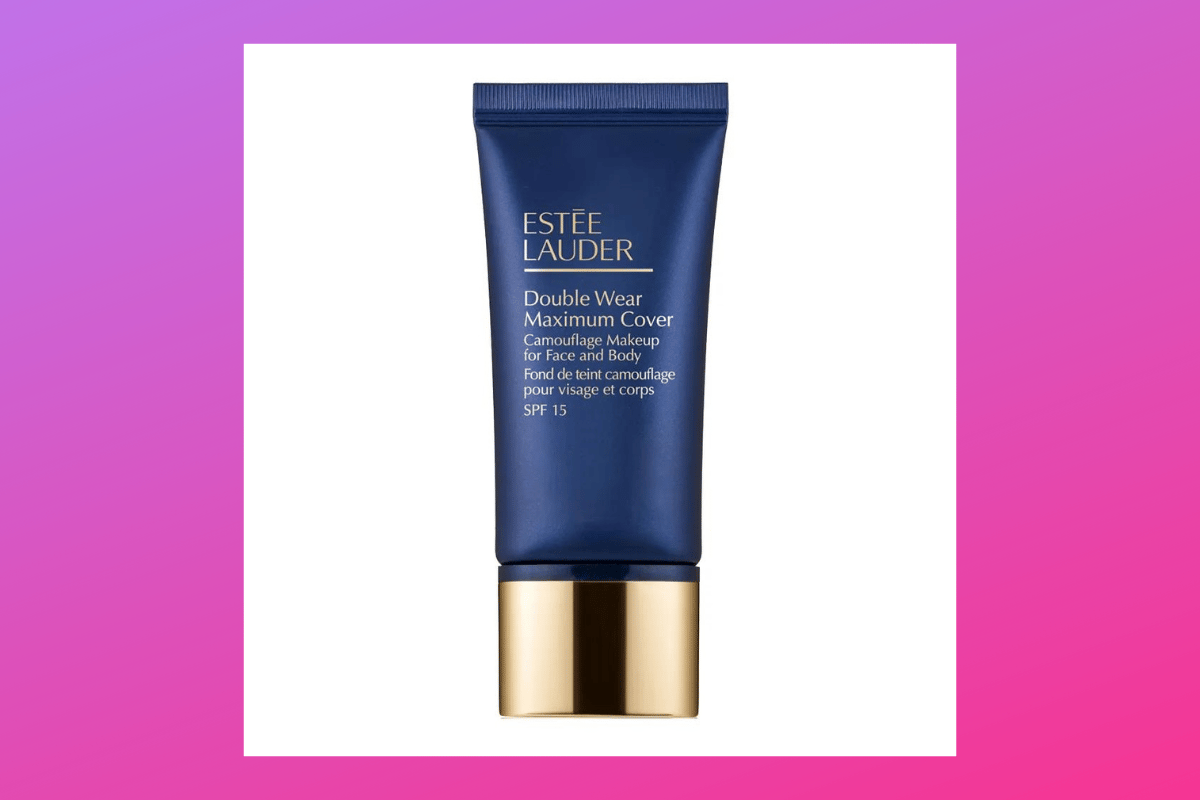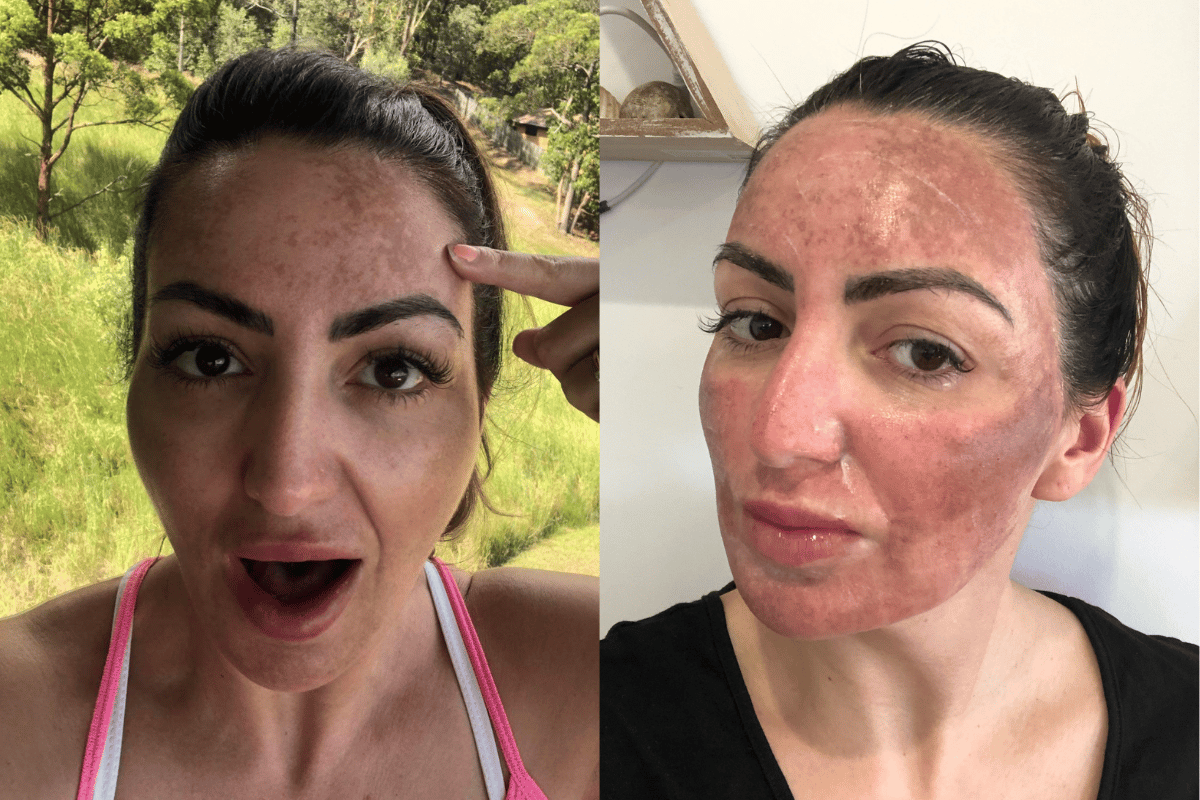
I was 29 when I first started noticing the dark patches around my upper and lower eyelids. At first, I thought it was sun damage, thanks in part to a pair of sunnies I wore that had gaps on the sides, but then it spread across my forehead, down my cheek and joined like a 'pregnancy mask'. It was melasma.
And before you ask, I wasn't pregnant.
Many women know that pregnancy is a common cause of melasma, but so are some medications (such as the Pill). As a registered nurse, with much of my experience in the cosmetic industry, I knew instantly that my melasma was triggered by my ongoing gynaecological/hormone issues – a link that has since been confirmed by specialists.
Watch: Speaking of nurses... here are things nurses never say. Post continues below.
I have endometriosis and possible polycystic ovary syndrome (PCOS). My oestrogen levels are sky-high, which researchers say is associated with the development of melasma, while my progesterone is low.
I'm 43 now. And while I'm still searching for a solution to my hormonal issues, over the past 10-plus years during which I started my own skincare brand SQ.N, I have found ways to manage my melasma. Here's what I've learned.
